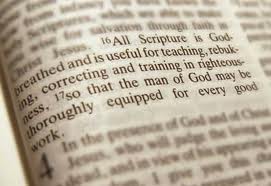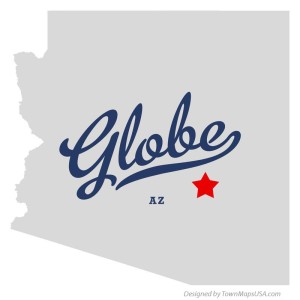 Matt Waymeyer teaches New Testament and Bible exposition at The Master’s Seminary. After graduating from The Master’s Seminary (M.Div, he served as a senior pastor before returning to teach full time. Matt is the author of Revelation 20 and the Millennial Debate and A Biblical Critique of Infant Baptism, and is currently pursuing his Th.D. in systematic theology. In an article entitled “Can we trust the New Testament text?” he writes:
Matt Waymeyer teaches New Testament and Bible exposition at The Master’s Seminary. After graduating from The Master’s Seminary (M.Div, he served as a senior pastor before returning to teach full time. Matt is the author of Revelation 20 and the Millennial Debate and A Biblical Critique of Infant Baptism, and is currently pursuing his Th.D. in systematic theology. In an article entitled “Can we trust the New Testament text?” he writes:
Several years ago I was walking in a park and met a man who identified himself as a pantheist. As I shared the Gospel with him, he raised a series of objections to the Christian faith, the first of which concerned the reliability of Scripture. “The Bible was going along fine,” he explained, “until King James came along and changed it all, and now we have no idea what the original actually said!”
The man’s objection was obviously more than a little misinformed, but it does raise a legitimate question: If the original manuscripts of the Bible no longer exist—and if the existing manuscripts do not completely agree with one another—how can we have confidence in the Scriptures we possess today? Can we really trust the Bible as it has been handed down to us? Can we really insist that it is nothing less than the inerrant Word of God?
In response to this question, I would like to focus specifically on the New Testament and suggest three reasons why the differences between the manuscripts should not shake our confidence in the reliability of the biblical text. Those three reasons are the abundance of existing manuscripts, the insignificance of most textual variants, and the preservation of primary biblical doctrines.
The Abundance of Existing Manuscripts
The New Testament is by far the most remarkably preserved text of the ancient world, both in terms of the number of existing manuscripts as well as the temporal proximity between the earliest manuscripts and the original they represent. We currently possess more than 5,500 Greek manuscripts containing part or all of the New Testament, as well as more than 20,000 ancient translations of the New Testament into other languages, all abundant numbers in comparison with other literature of the ancient world. In addition, we possess more than one million quotations of the New Testament in the writings of the early church fathers, covering almost the entirety of the New Testament. This unprecedented number of manuscripts, translations, and patristic citations greatly enhances our ability to identify the original reading where differences exist. Continue reading

